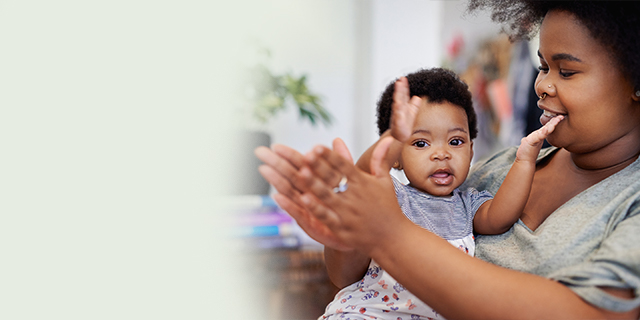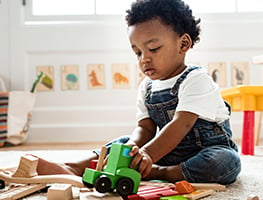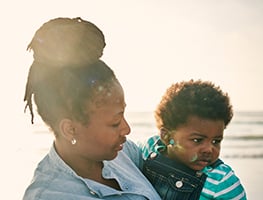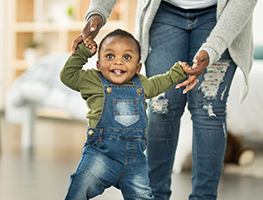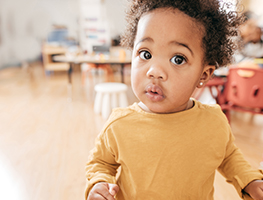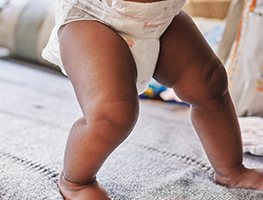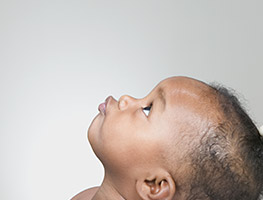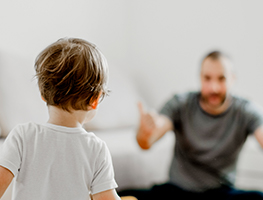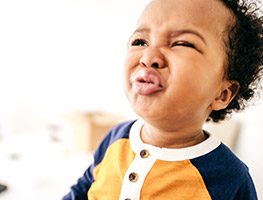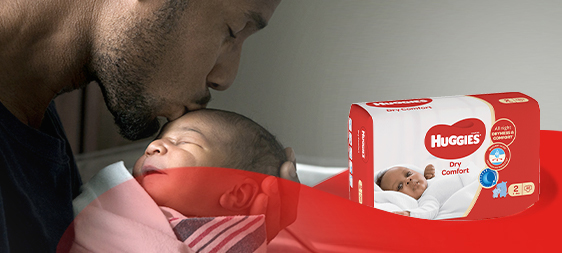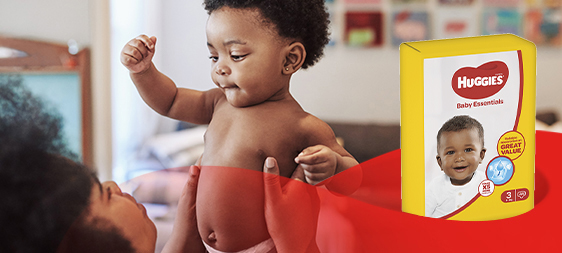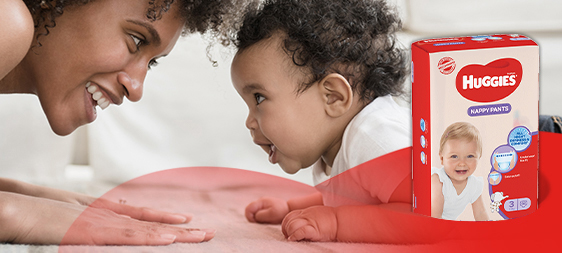The Benefits of Baby Dancing
For some children, easy, graceful movements come naturally. They can be as instinctive as rolling over, crawling, and then walking. For every other baby, a little more encouragement and direction is needed.
Once children find their groove, nurturing a love of music, enjoying rhythmical movement every day, and even taking toddler dance classes , can be hugely valuable. Starting dance education in your child’s early years enhances their physical, emotional, and social skills.
How does dance benefit toddlers?
Creativity and self-expression
Dancing with babies fosters their sense of physical expression.
Participating in toddler dance lessons can help to spark creativity in young children, as many classes have a strong imagination element. Children are asked to picture themselves in a variety of situations (on the moon, at a picnic, in a forest) and make movements and shapes in response to music. These activities can also see children developing a love and appreciation for other branches of performance and creative arts.
Physical fitness and development
It’s never too early to encourage a love of physical activity in children.
When children dance with their parent or other children, they are discovering their full range of motion, developing body awareness, and fine-tuning their balance, muscle strength, and coordination. Associating a variety of movement patterns with fun and enlightenment creates a positive connection between using their body, being fit and healthy, and feeling great.
Learning and co-ordination
Music engages the brain by stimulating neural pathways associated with abstract thinking, empathy, and even mathematics.
Music’s melodies and rhythmic patterns exercise the brain and help develop memory. Accompanying actions that involve every aspect of a child’s body and mind will nurture:
the child’s flair for language
their body’s urge to move
the brain’s attention to patterns
the ear’s lead in initiating communication
the voice’s response to sounds
Expanding dance into the playing of musical instruments, even with something as simple as tapping on a saucepan, will also strengthen hand-eye coordination.
Socialisation and awareness of others
By its very nature, music is a socially engaging activity.
Children love to see their parents singing and dancing at home, and when they get to join in and dance with others, it is a tremendous benefit for their social awareness. As they become more comfortable their confidence and sociability will improve, as dancing with others creates an emotional bond.
Maturity and structure
Toddler dance classes provide routine and structure around a fun activity.
Each class is an opportunity for a healthy physical and emotional release that helps develop emotional maturity. The ability to express emotion comfortably in front of others shows mental maturity and learning to do so through movement and dance provides a safe space for young children to explore.

